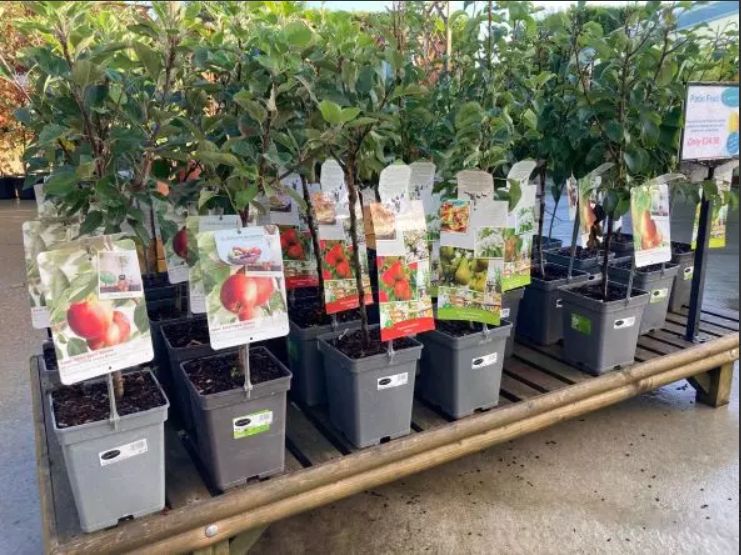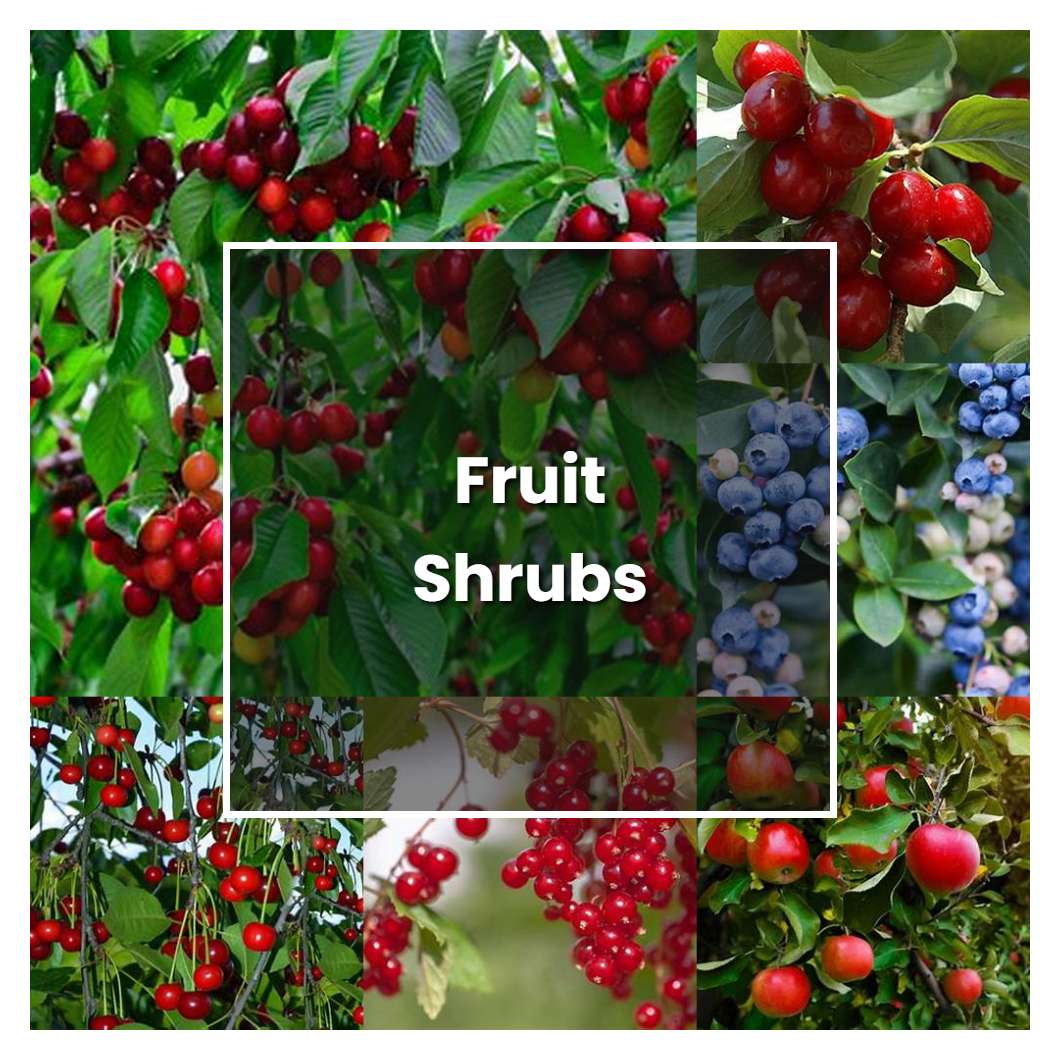How to Plant Fruit Bushes in Home Gardens: A Comprehensive Guide

Imagine transforming your backyard into a lush, edible oasis filled with the sweet scents and vibrant colors of ripe fruits. Planting fruit bushes in your home garden is not only a rewarding hobby but also a fantastic way to enjoy fresh, organic produce right at your doorstep. Whether you're a seasoned gardener or a novice eager to dive into home fruit gardening, this guide will walk you through the essential steps to plant and care for fruit bushes successfully.
Why Plant Fruit Bushes in Your Home Garden?
Fruit bushes are a fantastic addition to any garden. They provide a bountiful harvest of delicious fruits, enhance the aesthetic appeal of your outdoor space, and attract beneficial pollinators. Moreover, growing your own fruits ensures that you have control over the quality and freshness of what you consume. So, are you ready to embark on this fruitful journey? Let's dive in!
Choosing the Right Fruit Bushes
Before you start digging, it's crucial to select the right fruit bushes for your garden. Consider factors such as climate, soil type, and available space. Popular choices include blueberries, raspberries, blackberries, and gooseberries. Each variety has its unique requirements and care needs, so do your research to find the best fit for your garden.
Preparing Your Garden for Fruit Bushes
Selecting the Perfect Location
Fruit bushes thrive in well-drained soil with plenty of sunlight. Choose a spot in your garden that receives at least six hours of direct sunlight daily. Avoid low-lying areas that may become waterlogged, as this can harm the roots of your bushes.
Soil Preparation
Healthy soil is the foundation of a thriving garden. Test your soil's pH level to ensure it's suitable for the fruit bushes you plan to plant. Most fruit bushes prefer slightly acidic soil with a pH between 6.0 and 7.0. Amend the soil with organic matter like compost or well-rotted manure to improve its structure and fertility.
Planting Tips for Fruit Bushes
When to Plant
The best time to plant fruit bushes is in early spring or late fall, when the weather is cool and the soil is moist. This timing allows the bushes to establish strong root systems before the heat of summer or the cold of winter sets in.
Planting Techniques
Dig a Hole: Dig a hole that is twice as wide and just as deep as the root ball of your fruit bush. This provides ample space for the roots to spread out and establish themselves.
Add Compost: Mix in a generous amount of compost or well-rotted manure into the soil at the bottom of the hole. This will provide essential nutrients for your new plant.
Plant the Bush: Gently remove the fruit bush from its container and place it in the hole, ensuring the root ball is level with the ground. Fill in the hole with soil, pressing down gently to remove any air pockets.
Water Thoroughly: Give your newly planted fruit bush a deep watering to settle the soil and encourage root growth.
Spacing and Layout
Proper spacing is crucial for the health and productivity of your fruit bushes. Overcrowding can lead to competition for resources and increased susceptibility to pests and diseases. Follow the spacing recommendations for each type of fruit bush to ensure optimal growth.
Fruit Bush Care and Maintenance
Watering
Consistent watering is essential for the health of your fruit bushes. Aim to provide about an inch of water per week, either through rainfall or manual watering. Deep watering encourages deep root growth, making the bushes more resilient to drought.
Mulching
Apply a layer of organic mulch around the base of your fruit bushes to retain moisture, suppress weeds, and regulate soil temperature. Avoid piling mulch directly against the trunk to prevent rot and pest infestations.
Fertilizing
Fruit bushes benefit from regular fertilization to promote healthy growth and fruit production. Use a balanced, slow-release fertilizer in early spring and again in mid-summer. Follow the manufacturer's instructions for application rates.
Pruning
Pruning is an essential part of fruit bush maintenance. It helps to control the size and shape of the bush, encourages new growth, and improves fruit production. Prune your bushes in late winter or early spring, removing any dead, diseased, or damaged branches.
Pest and Disease Management
Regularly inspect your fruit bushes for signs of pests and diseases. Early detection and treatment can prevent minor issues from becoming major problems. Use organic or chemical treatments as needed, following the manufacturer's instructions.
Harvesting and Enjoying Your Garden Fruits
The most rewarding part of growing fruit bushes is the harvest. Keep an eye on your bushes as the fruits ripen, and pick them at the peak of their flavor. Enjoy your homegrown fruits fresh off the bush, or preserve them for later use through canning, freezing, or making jams and jellies.
Conclusion: Embrace the Joy of Home Fruit Gardening
Planting fruit bushes in your home garden is a delightful way to connect with nature and enjoy the fruits of your labor. With careful planning, proper planting techniques, and diligent care, you can create a thriving fruit garden that provides a bountiful harvest year after year. So, why wait? Start your home fruit gardening adventure today and reap the sweet rewards!
FAQs
What are the best fruit bushes for beginners?
- Blueberries, raspberries, and blackberries are excellent choices for beginners due to their ease of care and high yield.
How often should I water my fruit bushes?
- Aim to provide about an inch of water per week, either through rainfall or manual watering. Deep watering encourages deep root growth.
When is the best time to prune fruit bushes?
- Prune your fruit bushes in late winter or early spring, removing any dead, diseased, or damaged branches.
How can I protect my fruit bushes from pests?
- Regularly inspect your bushes for signs of pests and use organic or chemical treatments as needed. Early detection is key to preventing major infestations.
Can I grow fruit bushes in containers?
- Yes, many fruit bushes can be grown in containers, especially dwarf varieties. Ensure the container has adequate drainage and use a high-quality potting mix.


By following these tips and guidelines, you'll be well on your way to creating a beautiful and productive fruit garden in your own backyard. Happy gardening!
0 Response to "How to Plant Fruit Bushes in Home Gardens: A Comprehensive Guide"
Post a Comment